ASTM A182 F304
ASTM A182 F310 Stainless Steel Flange
Emirerri Steel is a trusted manufacturer and supplier of ASTM A182 F310 Stainless Steel Forged Products, including flanges, fittings, and bars.
ASTM A182 F310 is an austenitic stainless steel that contains 25% chromium and 20% nickel, designed for high-temperature and oxidation-resistant applications. This grade provides superior resistance to heat, oxidation, and corrosion, making it ideal for furnace parts, heat exchangers, and chemical processing equipment.
The alloy’s excellent strength at elevated temperatures and outstanding resistance to carburization and sulfidation make it a preferred choice for demanding environments.
Key Features
Excellent High-Temperature Strength up to 1150°C (2100°F).
Outstanding Oxidation and Scaling Resistance at elevated temperatures.
Superior Corrosion Resistance in acidic and oxidizing environments.
Good Ductility and Formability even after long exposure to heat.
Excellent Weldability and Fabrication Characteristics.
Retains Toughness and Strength at Cryogenic Temperatures.
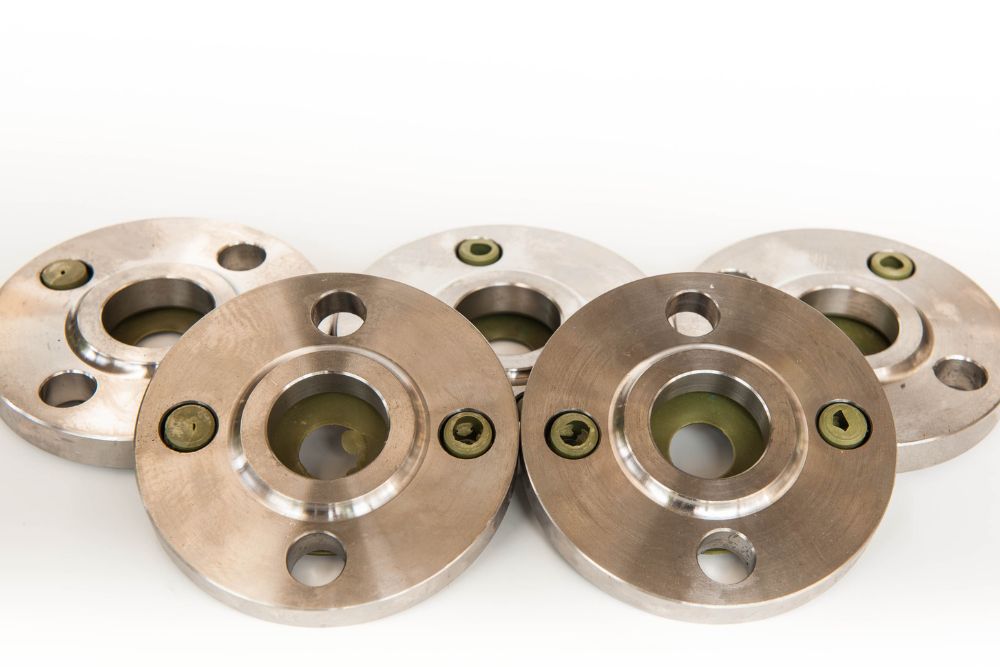
Type of Flanges
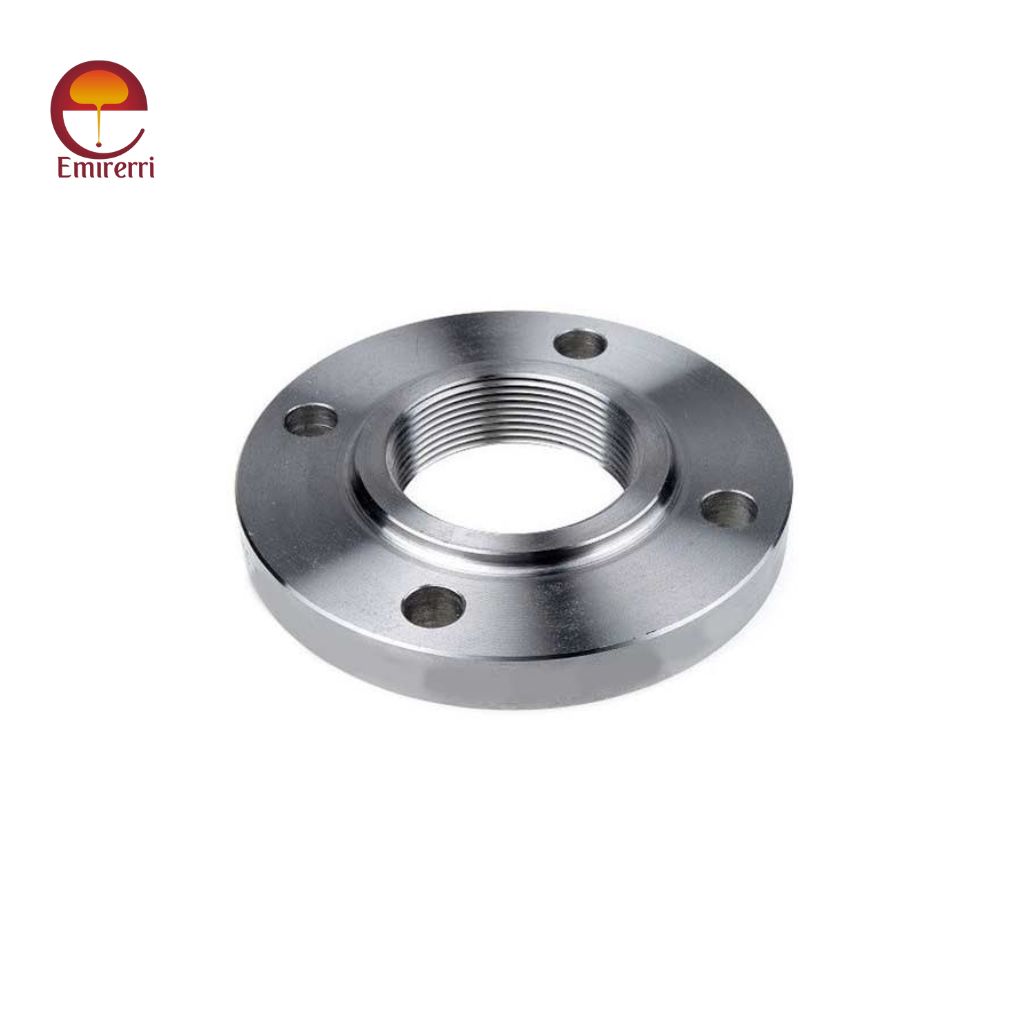
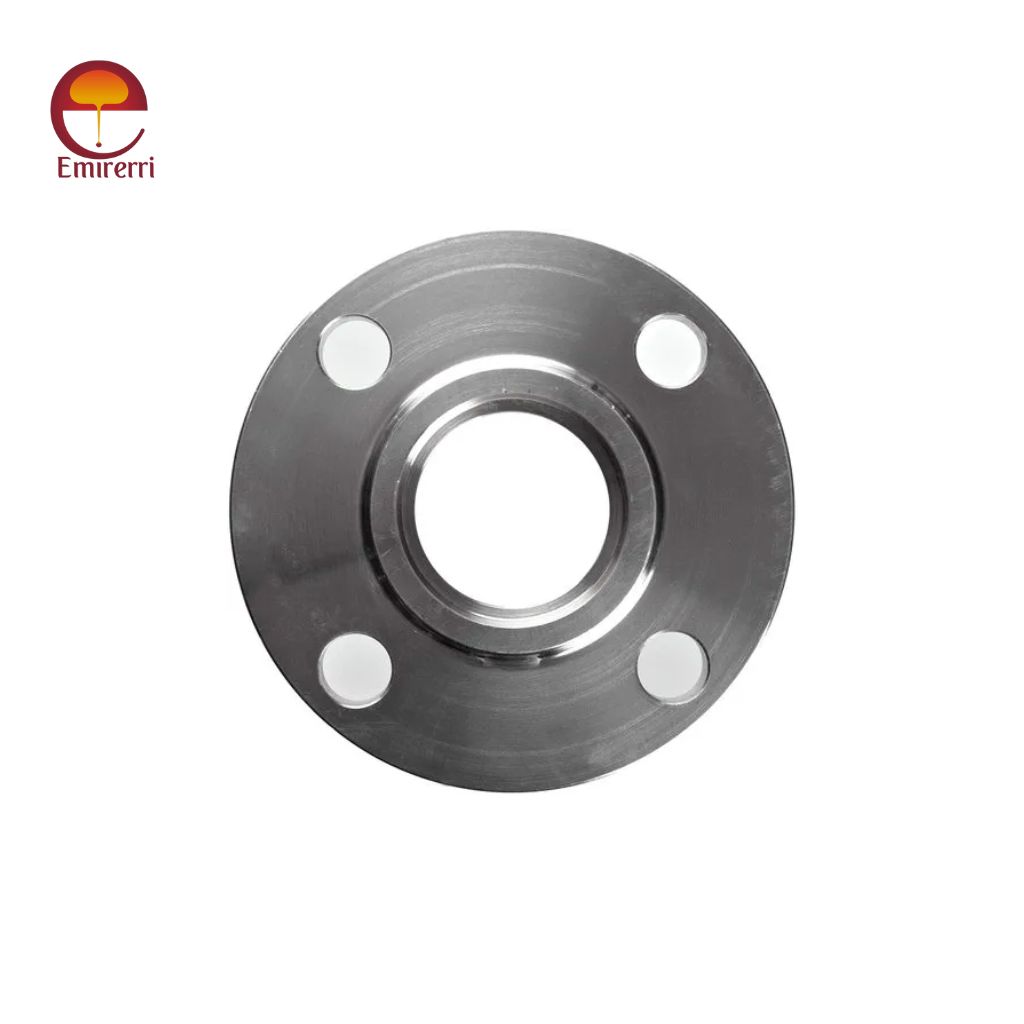
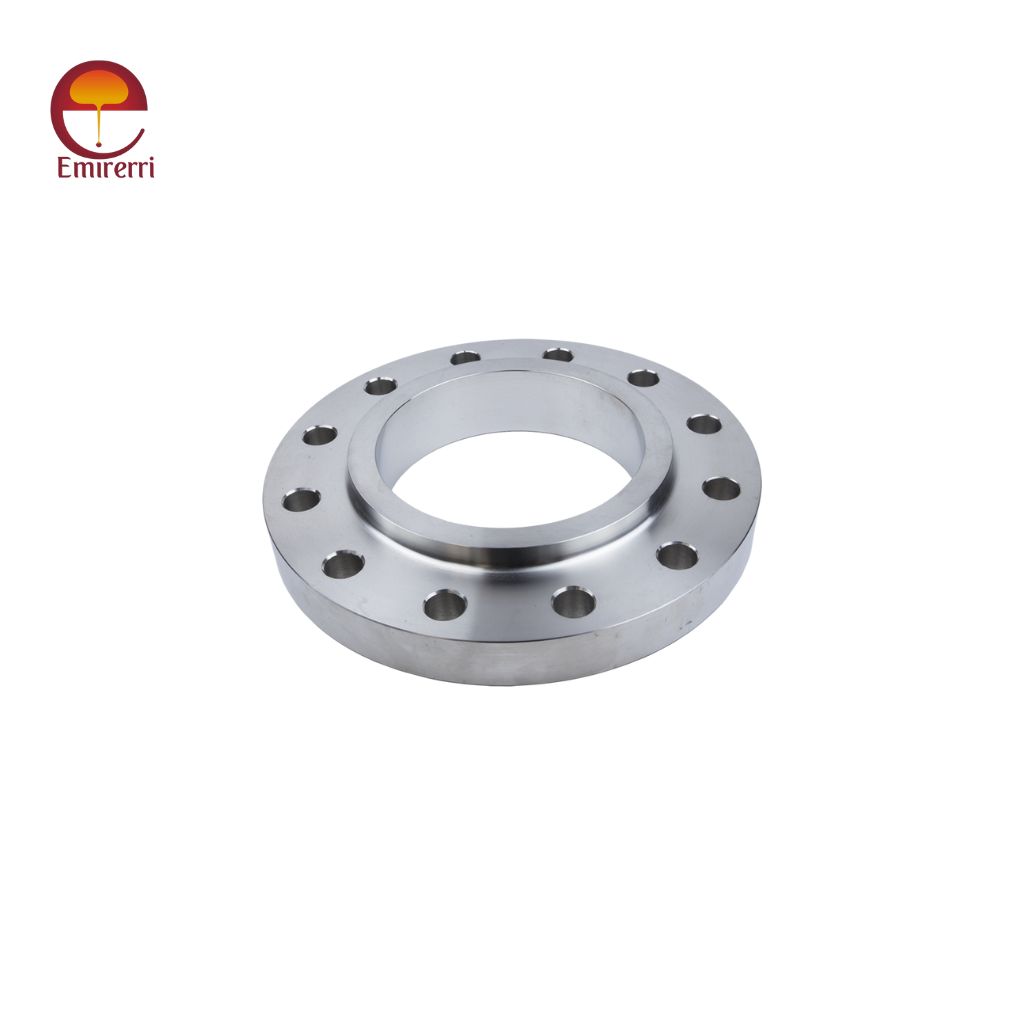
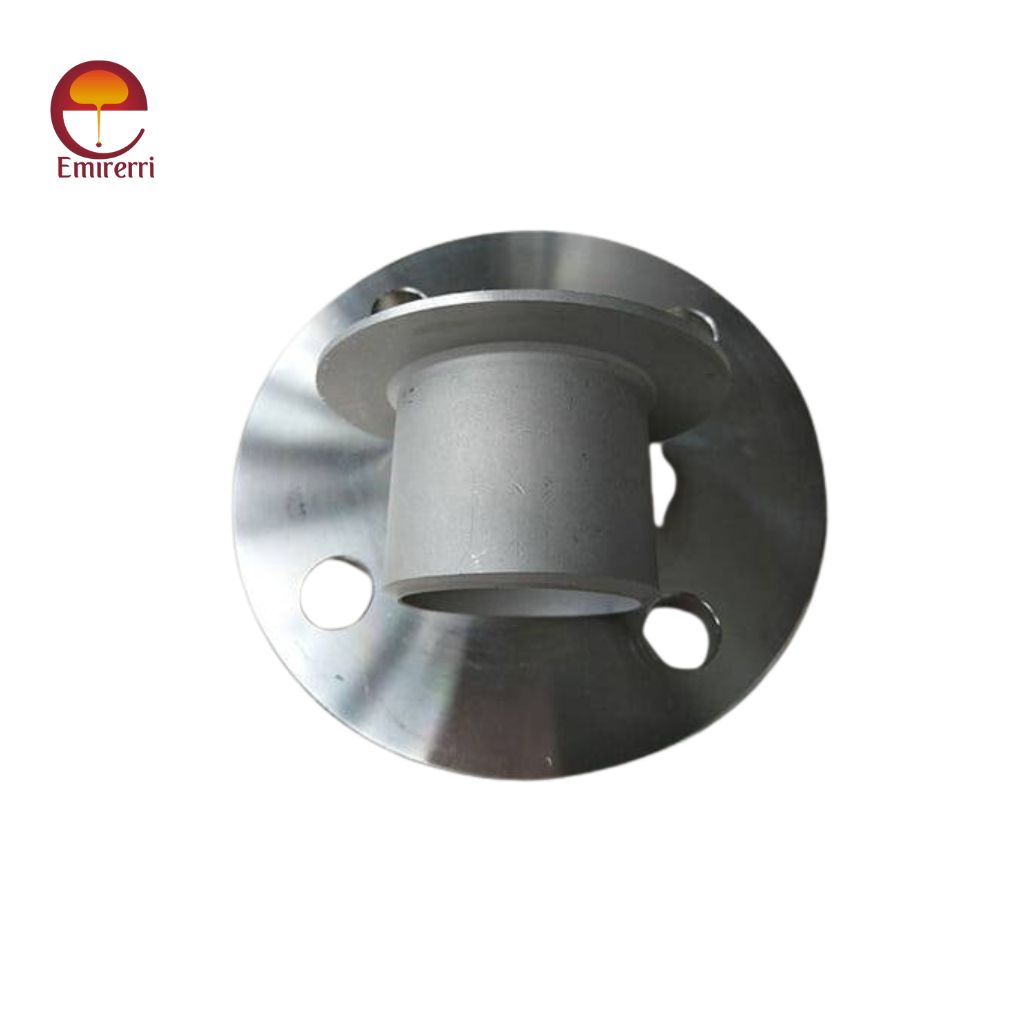
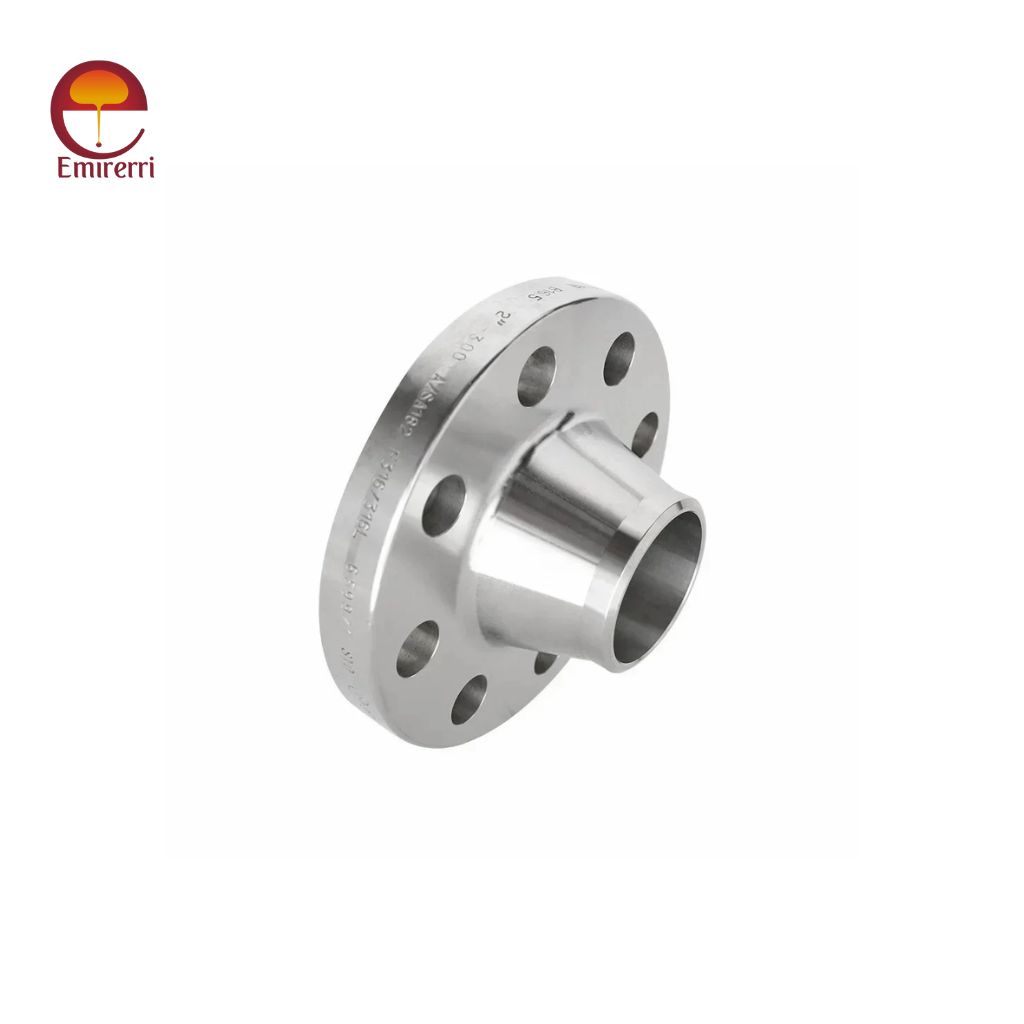
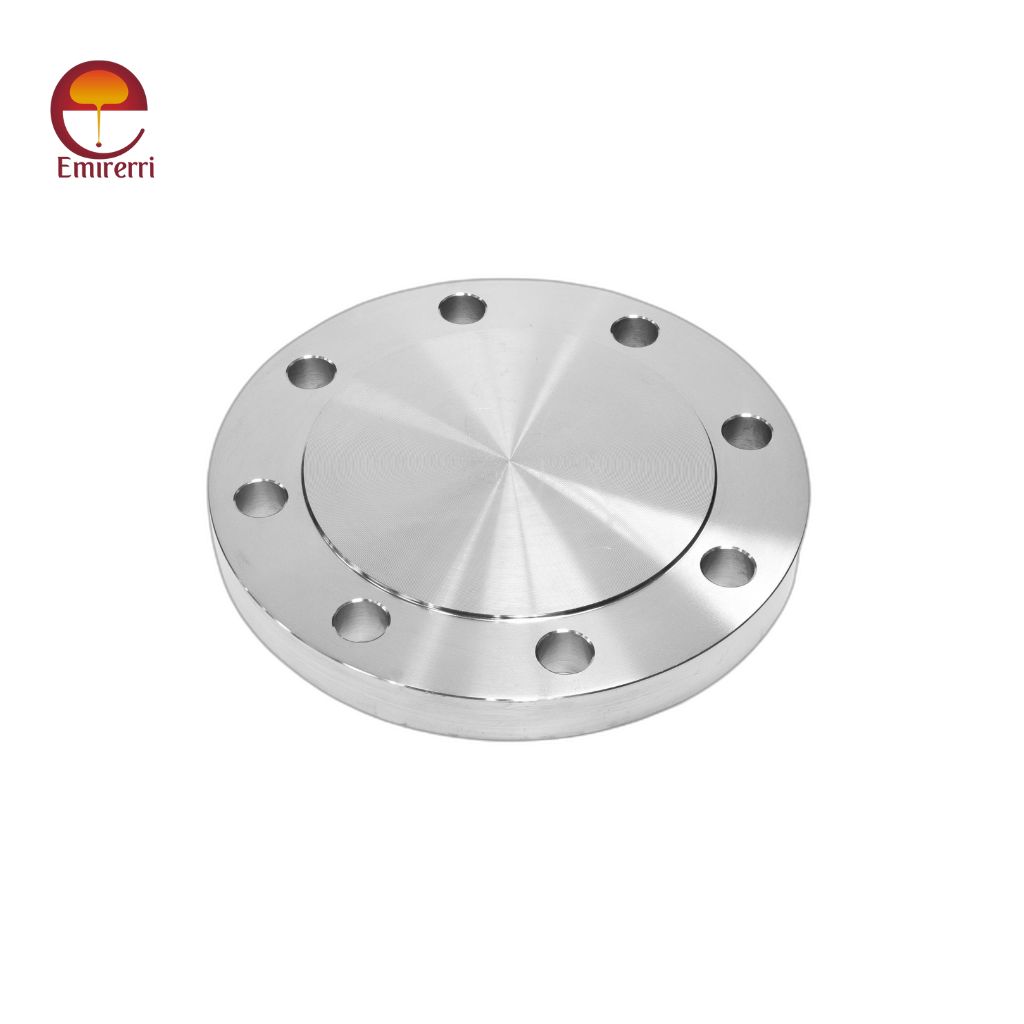
Specification
| Standard | Description |
|---|---|
| Product Standard | ASTM A182 / ASME SA182 |
| Grade | F310 / 310S |
| UNS Number | S31000 (310), S31008 (310S) |
| Material Type | Austenitic Stainless Steel |
| Manufacturing Process | Forged / Rolled / Heat Treated |
| Delivery Condition | Solution Annealed |
| Form | Round Bars, Forged Bars, Fittings, Flanges, Rings |
Equivalent Grades
| Standard | Equivalent Grade |
|---|---|
| UNS | S31000 / S31008 |
| EN / DIN | X15CrNi25-20 / 1.4845 |
| WNR | 1.4841 / 1.4845 |
| BS | 310S24 |
| JIS | SUS 310 / SUS 310S |
| AFNOR | Z12CN25-20 / Z10CN24-20 |
Available Sizes
| Form | Size Range |
|---|---|
| Round Bar | 10mm to 350mm Diameter |
| Flanges | ½” to 48” (Class 150 – 2500) |
| Forged Fittings | ½” to 4” (Socket Weld / Threaded) |
| Length | 1000mm to 6000mm (Custom Cut Available) |
ASTM A182 F310 Chemical Composition
| Element | Percentage (%) |
|---|---|
| Carbon (C) | 0.25 max |
| Manganese (Mn) | 2.00 max |
| Silicon (Si) | 1.50 max |
| Chromium (Cr) | 24.00 – 26.00 |
| Nickel (Ni) | 19.00 – 22.00 |
| Phosphorus (P) | 0.045 max |
| Sulfur (S) | 0.03 max |
| Nitrogen (N) | 0.10 max |
| Iron (Fe) | Balance |
ASTM A182 F310 Mechanical Properties
| Property | Value |
|---|---|
| Tensile Strength (MPa) | 515 min |
| Yield Strength (MPa) | 205 min |
| Elongation (%) | 40 min |
| Hardness (Brinell) | 217 max |
| Modulus of Elasticity (GPa) | 200 |
ASTM A182 F310 Physical Properties
| Property | Value |
|---|---|
| Density | 7.9 g/cm³ |
| Melting Point | 1400 – 1455°C |
| Thermal Conductivity (at 100°C) | 14.2 W/m·K |
| Electrical Resistivity (20°C) | 0.78 µΩ·m |
| Coefficient of Expansion (20–100°C) | 15.9 µm/m·°C |
Corrosion Resistance
ASTM A182 F310 offers excellent resistance to oxidation, sulfidation, and carburization. It performs exceptionally well in mildly oxidizing, nitriding, cementing, and thermal cycling environments.
However, in highly reducing atmospheres, 310 may suffer attack unless used with a protective oxide film.
Heat Resistance
F310 stainless steel is designed for service up to 1150°C (2100°F) in continuous operation and 1035°C (1900°F) under intermittent heating. It maintains high strength, stability, and resistance to scaling under cyclic temperature conditions, making it suitable for furnace and heat treatment equipment.
Heat Treatment
Solution Annealing: 1040°C to 1150°C followed by rapid quenching in water or air.
Purpose: To restore corrosion resistance and mechanical properties after fabrication or welding.
No Preheat or Post Weld Heat Treatment (PWHT) is typically required for this grade.
Welding
ASTM A182 F310 can be easily welded using standard fusion techniques (TIG, MIG, SMAW) with filler metals such as ER310 or ER308L. It exhibits excellent weldability with minimal carbide precipitation.
Avoid prolonged exposure between 425°C–860°C (800°F–1600°F) to minimize sensitization.
Fabrication
The alloy can be readily fabricated using conventional methods such as forming, forging, and machining.
Forging Temperature Range: 975°C to 1175°C
Hot Working: Followed by solution annealing for optimum corrosion resistance.
Cold Working: Possible but requires higher forces than 304/316 due to higher strength.
Applications
Furnace Parts, Retorts & Heat Exchangers
Power Generation Equipment
Chemical & Petrochemical Processing
Aerospace and Gas Turbine Components
Laboratory & Heat Treatment Equipment
Marine & Offshore Applications
Exhaust Manifolds and Combustion Chambers
Pulp & Paper Industry Processing Units
